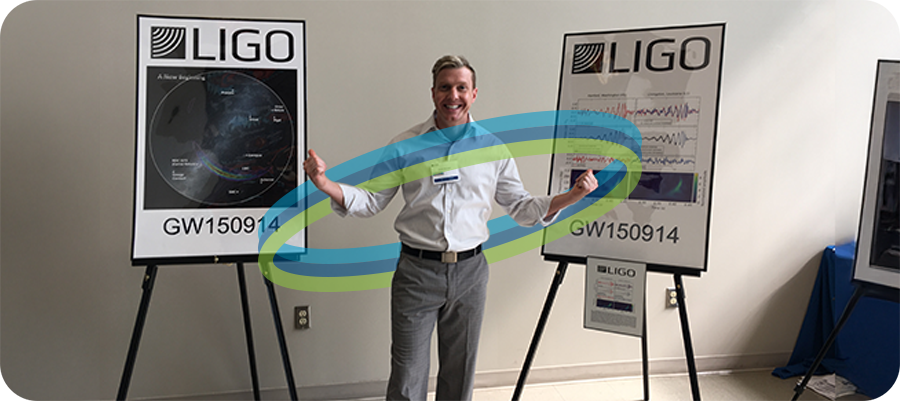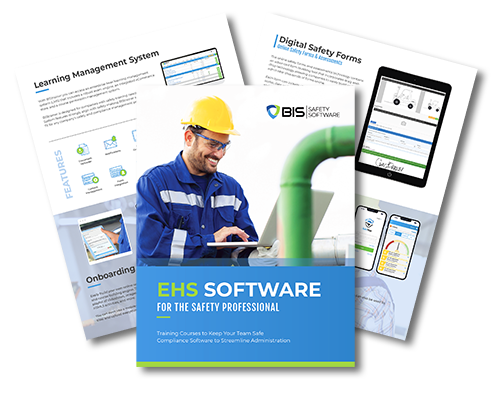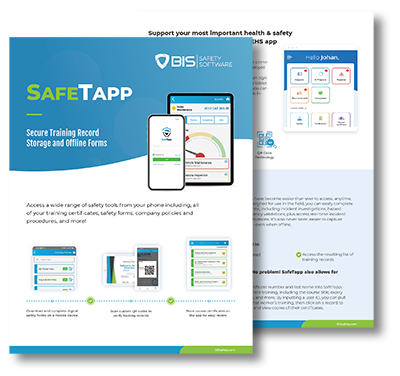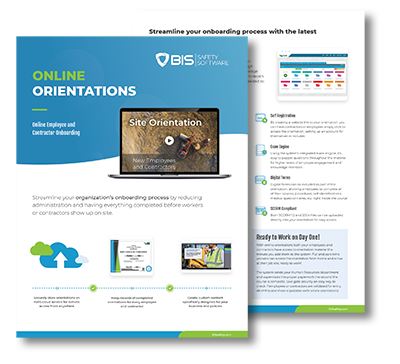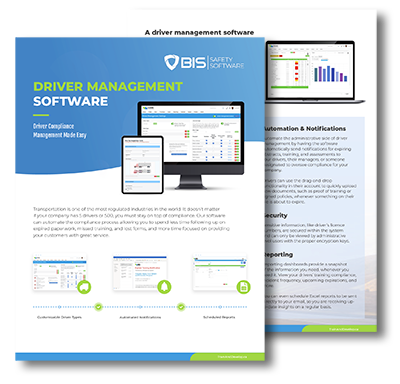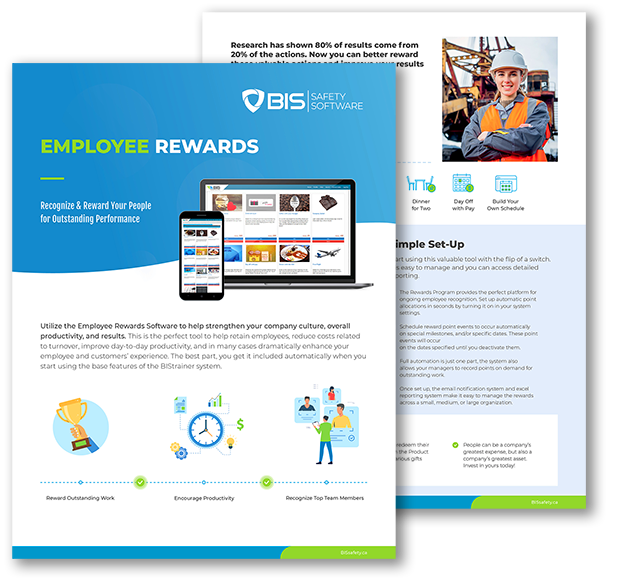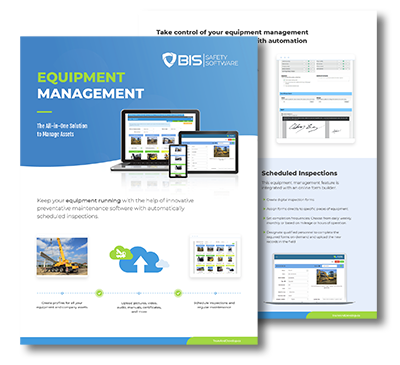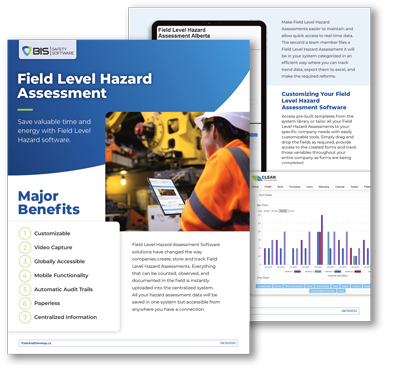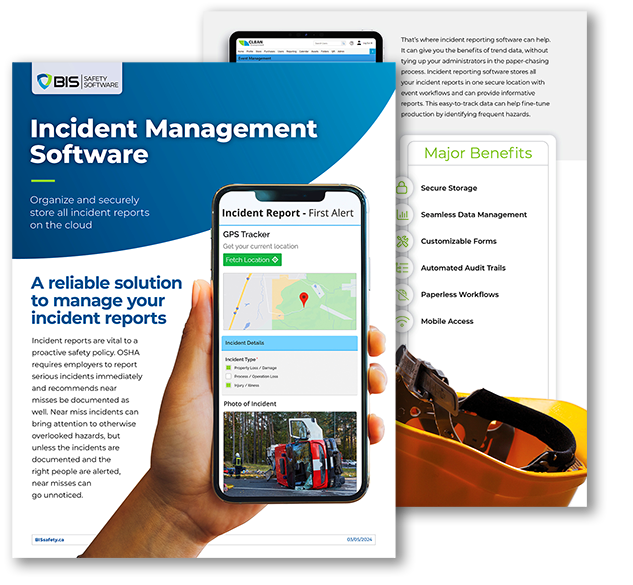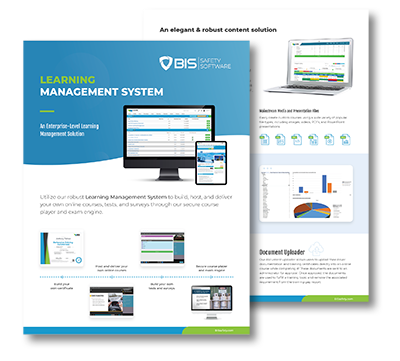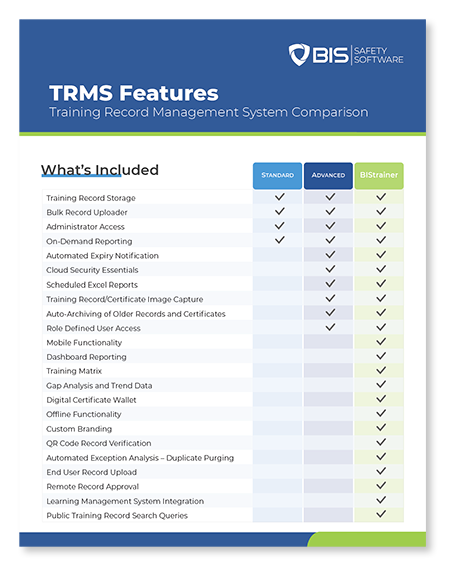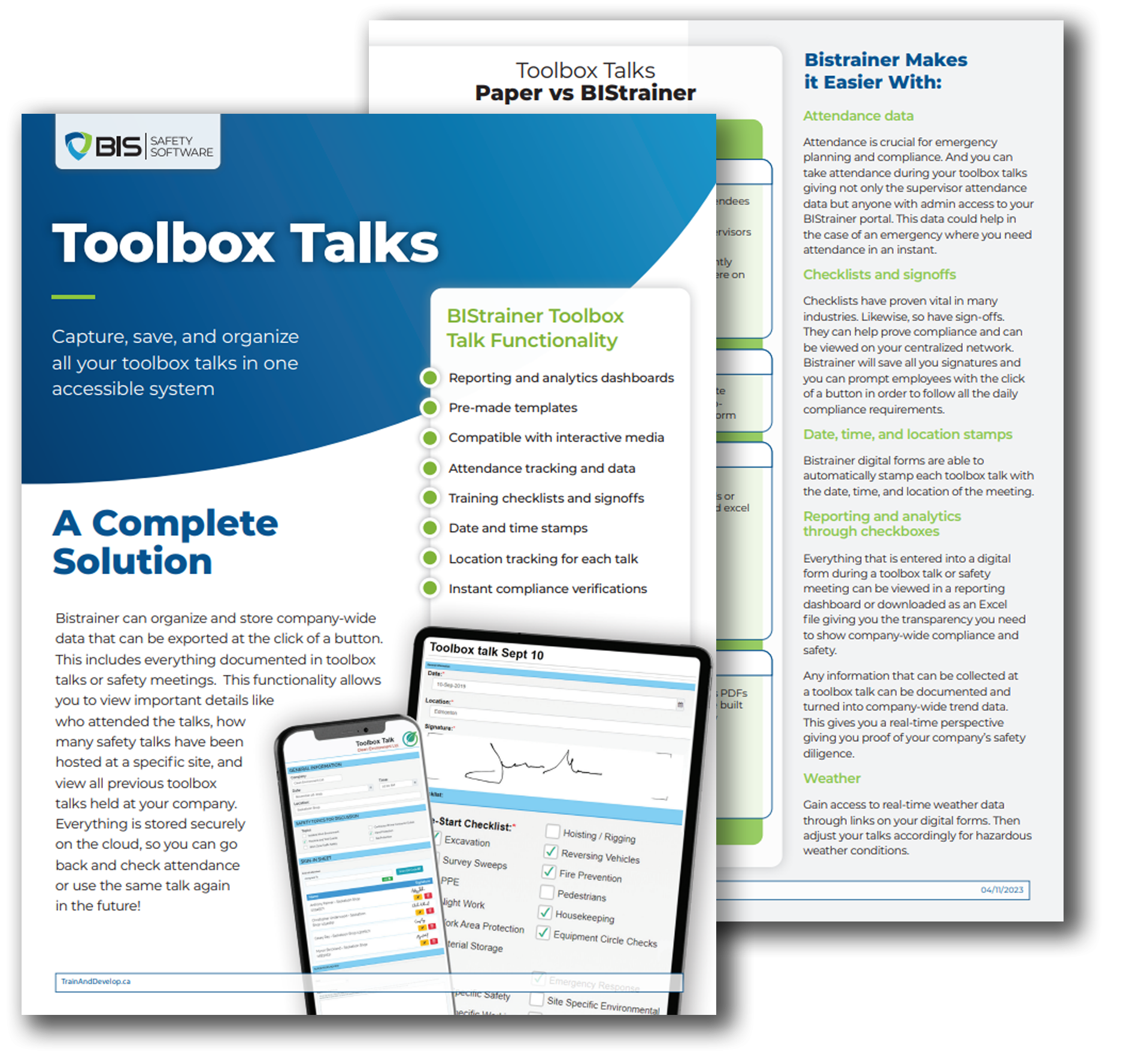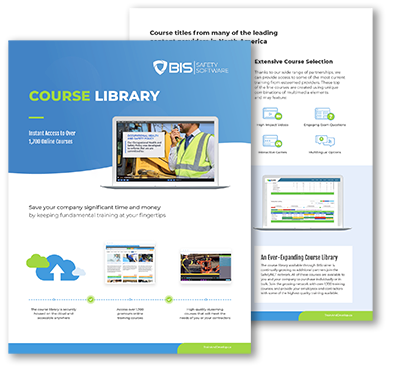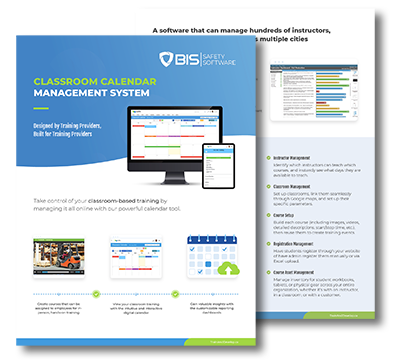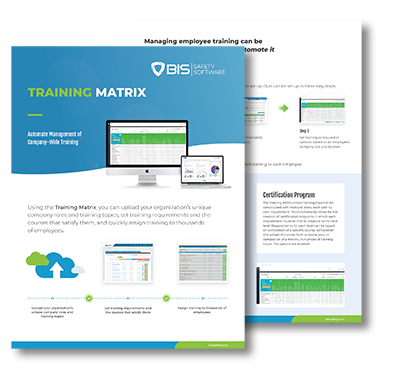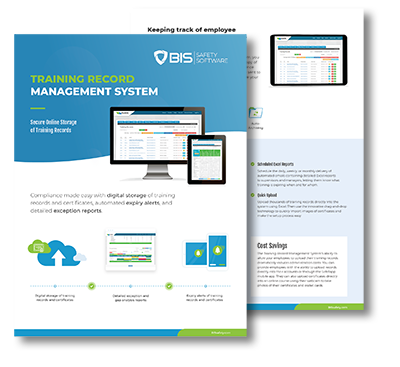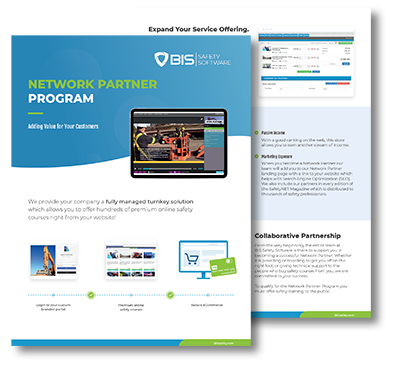High Voltage, Black Holes, and Building a Culture of Safety
Danny Sellers started in the deep South. Wiring up petrochemical plants, wrangling high-voltage power systems. Now? He helps humanity hear the universe. Space science.
Growing up in Louisiana, Danny was surrounded by heavy equipment, industrial know-how. His family members who worked with their hands. One of those family members owned one of the largest electrical instrumentation contract companies in the southern United States.
This gave Danny a front-row seat to the world of high-risk, high-skill trades. “Spending summers at the shop helping out, I kind of was determined I was going to go in that field anyway,” he says.
By the time he graduated high school, he had already completed parts of his electrical training. He was working in petrochemical plants at 18, and he was learning. About power distribution, process control, instrumentation. “You learn quick in that kind of environment,” he says. “You’re working around systems that can kill you in a second if you don’t respect them.”
He spent years traveling from site to site across the United States.
—————————————————————————
“I’ve worked at, you know, the Big Dig in Boston, Eli Lilly Pharmacy—you know, just all around. You see a lot of different practices out there. You learn real quick the importance of staying sharp, especially when you’re working around high voltage or confined spaces.”
—————————————————————————
Eventually, the constant travel gave way to something else: a desire to settle down. He joined Dow Chemical, working on high-voltage distribution and cogeneration systems. But even in that more stable role, safety was never an afterthought.
“A lot of your large petrochemical industries actually generate their own power,” he says. “It’s just cheaper for them to do that. So we have Cogen plants, natural gas turbines and stuff.” He added that working in those environments meant managing both the energy systems and the safety risks that came with them.
But the routine wore thin.
“Plant work didn’t really suit me. It was just kind of the same thing every day,” he says.
So he changed course again.
Lasers, Gravity, and a New Way to See the Universe
In 2002, Danny took a contractor job at a relatively obscure facility in Livingston, Louisiana: LIGO. His first task? Helping control the HEPI system, a complex hydraulic isolation setup. It keeps the facility’s delicate instruments undisturbed by vibrations from the outside world.
“I was actually working on what we call here our HEPI system—a hydraulic isolation system—doing controls for that,” he says. “Probably after about two years, I was invited into the director’s office… they slid a piece of paper to me and said, ‘How would you like to come here and do this?’”
And just like that, he was in.
LIGO—the Laser Interferometer Gravitational-Wave Observatory—isn’t your average workplace. It’s where Danny went from contractor to full-blown cosmic detective. His job? Help run a machine so precise it measures changes in space smaller than a proton.
“We shoot a laser beam down two 4-kilometer arms and measure differential length of space and time,” he explains. “The wave we’re looking for? It changes that distance by about 1/1000th the size of a proton. It’s pretty much the finest measurement ever made by man.”
That wave isn’t just any ripple. It’s a gravitational wave from massive cosmic collisions. Black holes smashing into each other, neutron stars spiraling to their deaths.
And the system to detect them? It’s safety-critical on every level.
—————————————————————————
“When you’re dealing with that kind of sensitivity, everything matters. The procedures, the lockouts, the calibrations. There’s no winging it. Everything has to be documented, verified, and double-checked.”
—————————————————————————
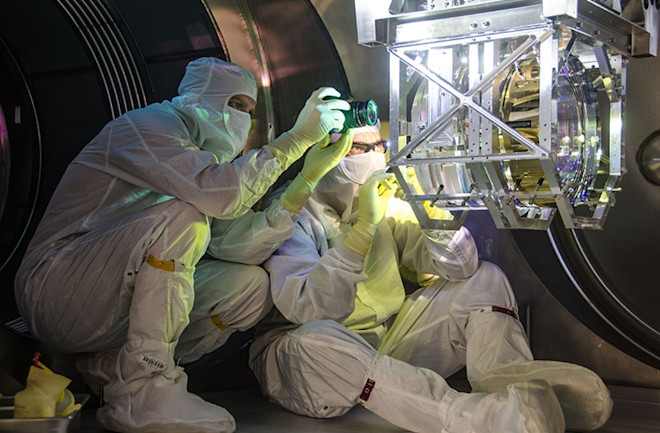
Einstein Said It Couldn’t Be Done
Einstein predicted gravitational waves in his theory of general relativity—but even he didn’t think we’d ever detect them.
“Even then, he said, ‘No one will ever be able to build a detector or a machine that could pull this off,’” Danny says.
But LIGO proved him wrong. After years of fine-tuning, upgrades, and grueling testing, LIGO made its first official detection of gravitational waves in 2015. That ripple in space-time confirmed a key part of Einstein’s theory and helped win a Nobel Prize.
Danny was there for it. Running shifts. Locking the detector. Helping keep the whole system stable enough to make the most precise measurement in human history.
“Training here is constant,” he adds. “Everyone gets trained on operating the detector, understanding hazards, and following procedures. We don’t just read manuals—we live them.”
Working With Giants—and Lasers
This isn’t a desk job.
Danny trained on locking the detector, ran night shifts, and worked alongside Nobel laureates like Rainer Weiss. Weiss, an MIT physicist, conceptualized LIGO.
“This is a man that… only took on one or two students a year,” Danny recalls. “I’ve spent, Lord knows how many hours—2:00 in the morning with him—personally working on the side.”
At LIGO, knowledge flows freely. It’s a place where someone can go from a petrochemical plant to collaborating with the brightest physicists in the world. Want to learn something? “There’s a specialist or somebody here who has done their thesis or PhD in that subject… and it’s free,” Danny says. “Whatever you want to know, someone here knows it. You just have to ask.”
His role expanded beyond electrical work. He dove into optics and lasers. He ran operations on the detector floor. He learned how to lock, align, and monitor sensitive systems. These systems can pick up passing trucks on the highway—or earthquakes on the other side of the planet.
And through it all, safety remained central.
“We’re not building widgets. We’re listening to the universe,” Danny says. “But we’re doing it with protocols and systems designed to protect the people and the science.”
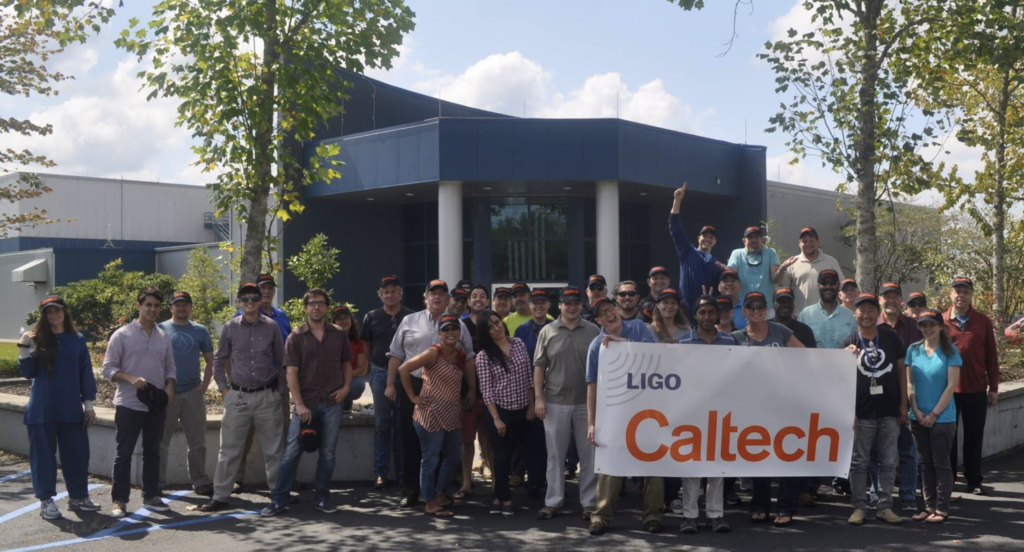
What’s Next?
Danny’s path wasn’t planned. It was built—step by step, wire by wire, laser by laser. From fixing turbines to chasing black holes, he’s living proof that technical skills, curiosity, and grit can land you in the most unexpected—and extraordinary—places.
Now, he travels less, but the discoveries have never been bigger. LIGO continues to detect new events—some expected, others entirely surprising. And Danny, the guy who once thought he’d spend his life in plants and turbine rooms, is helping redefine how humanity sees the universe.
“I never thought I’d end up here,” he says. “But if there’s one thing I’ve learned, it’s that safety, discipline, and curiosity will take you places—even places Einstein couldn’t imagine.”
BIS Social Media
Follow BIS Safety Software for industry-leading safety updates, training solutions, and more. Hover over each icon for quick access to follow, share, or explore our other channels.
